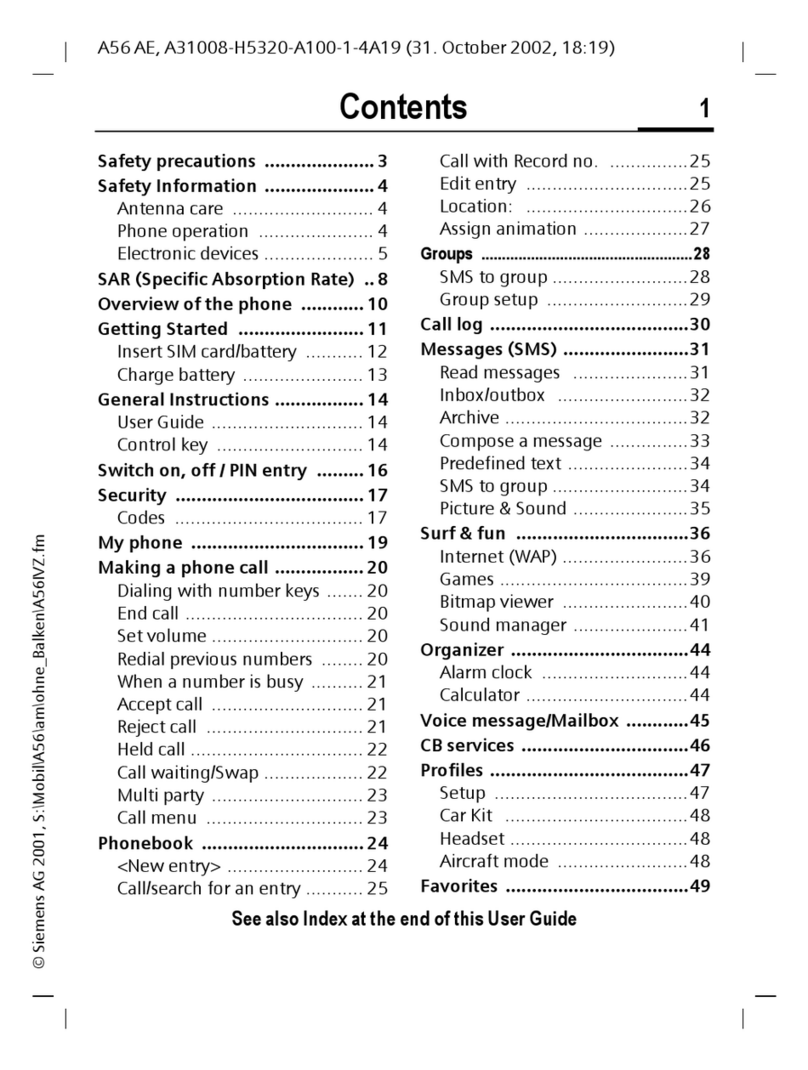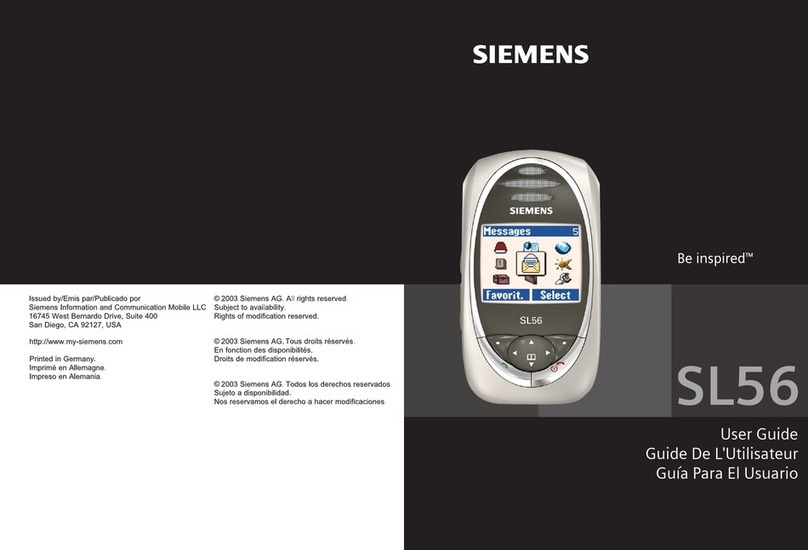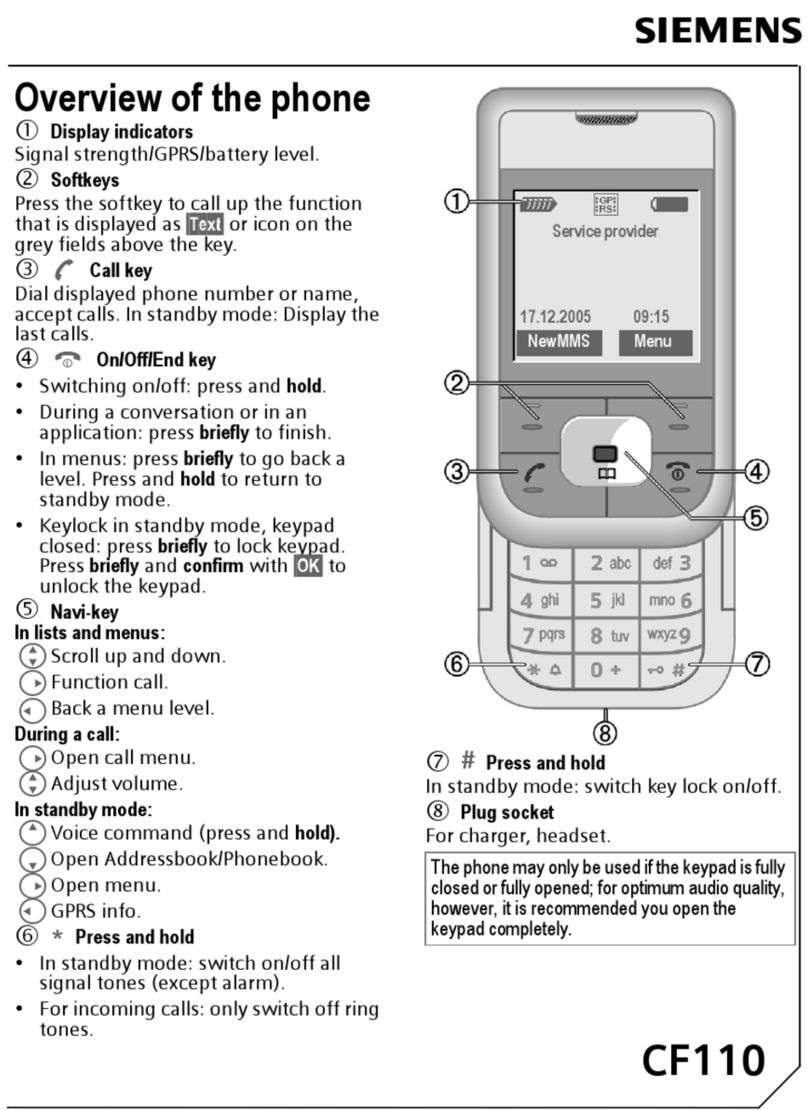Siemens C35 series User manual
Other Siemens Cell Phone manuals

Siemens
Siemens ST55 User manual

Siemens
Siemens A62 Setup guide

Siemens
Siemens SL45 User manual
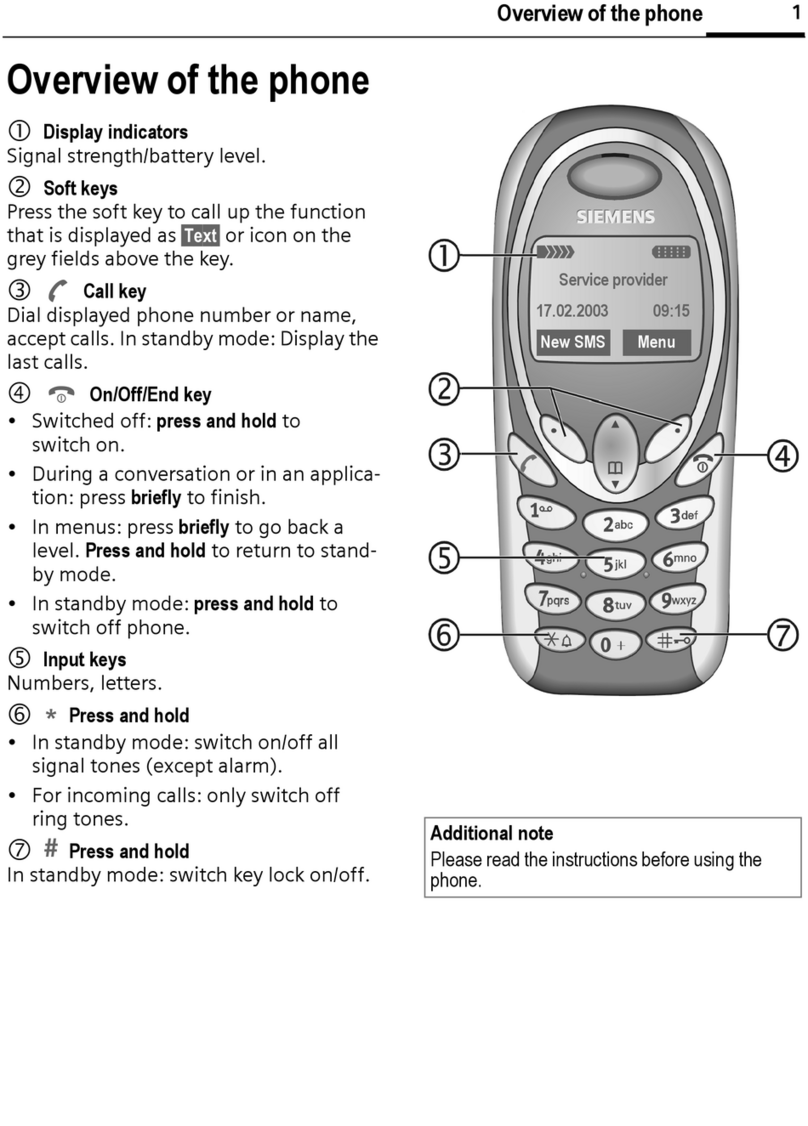
Siemens
Siemens A53 User manual
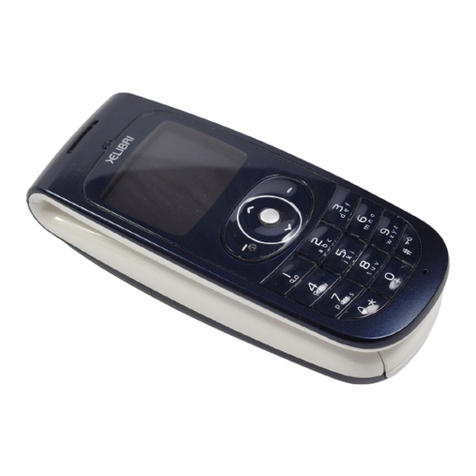
Siemens
Siemens Xelibri User manual
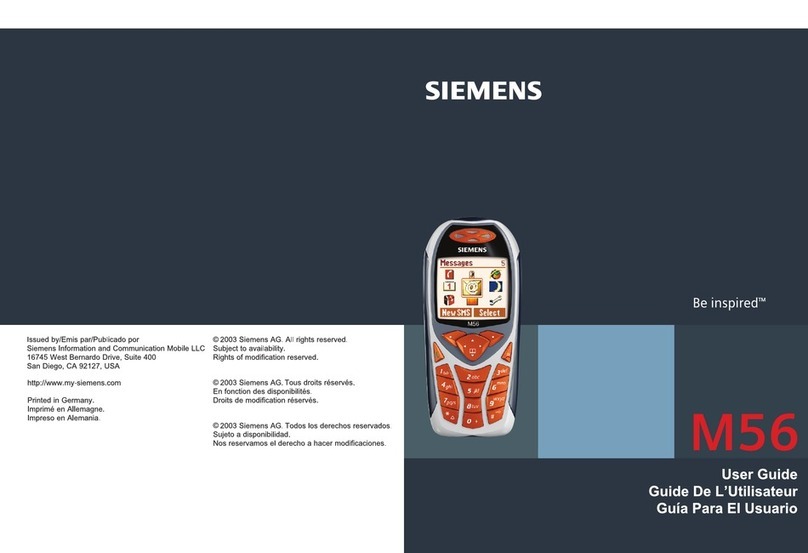
Siemens
Siemens Gigaset M56 User manual
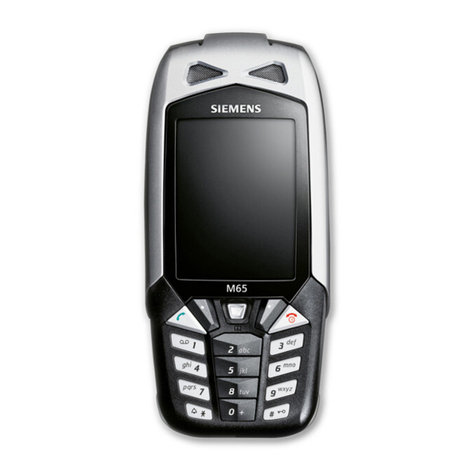
Siemens
Siemens M65 User manual
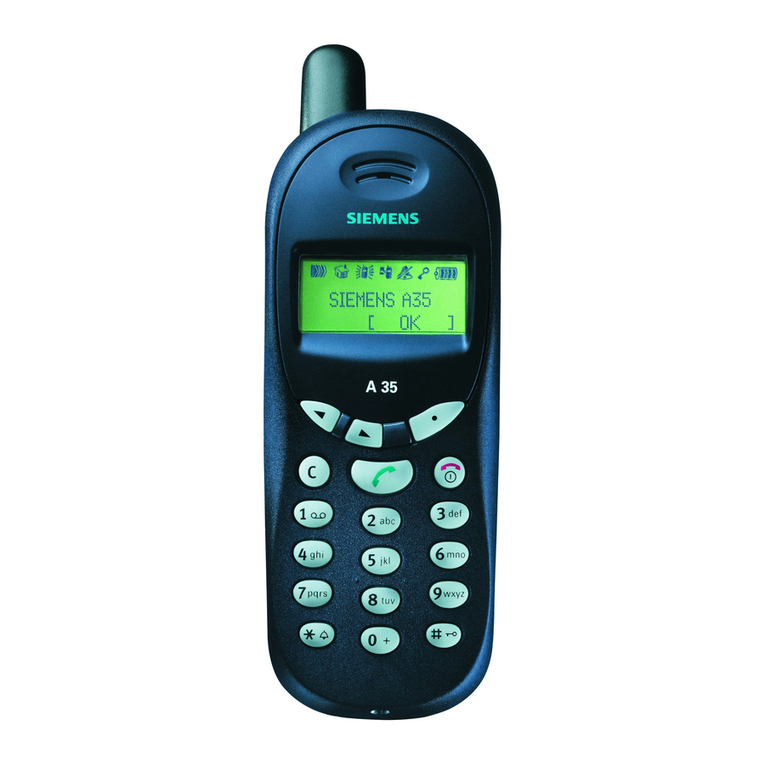
Siemens
Siemens A35 User manual
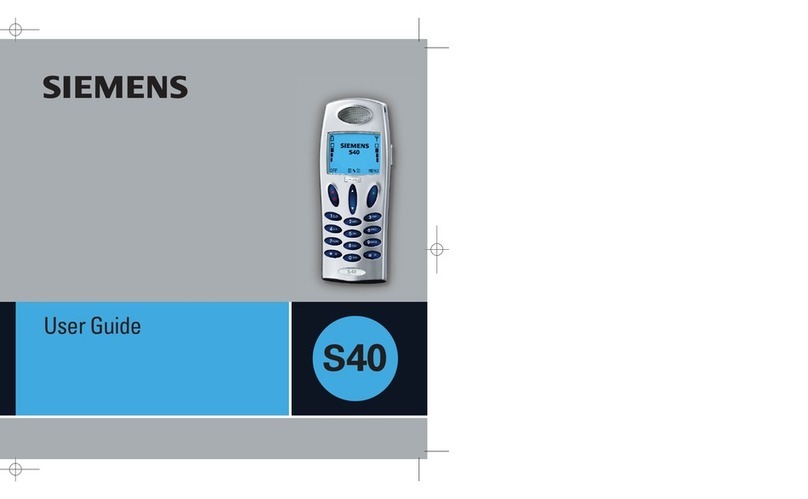
Siemens
Siemens S40 User manual
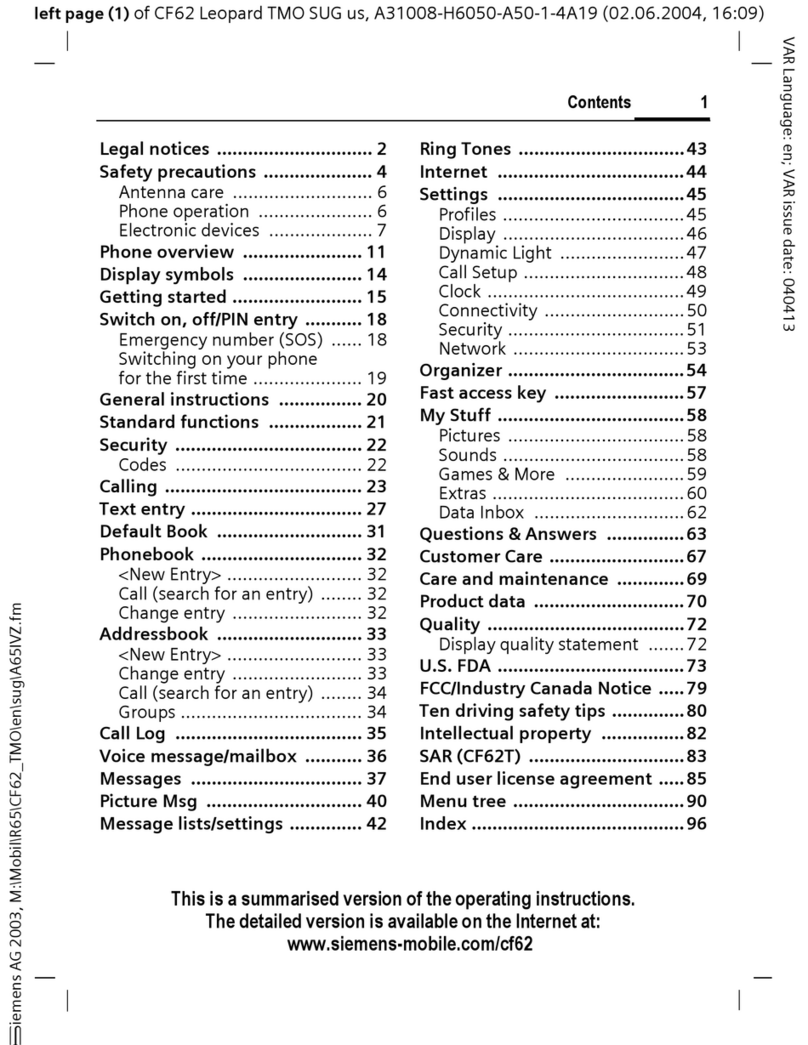
Siemens
Siemens Mobile User manual
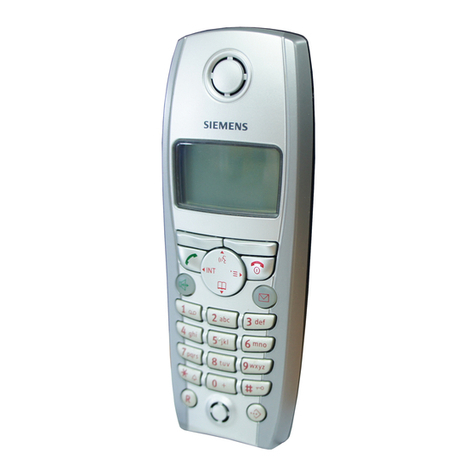
Siemens
Siemens Gigaset Gigaset S1 User manual
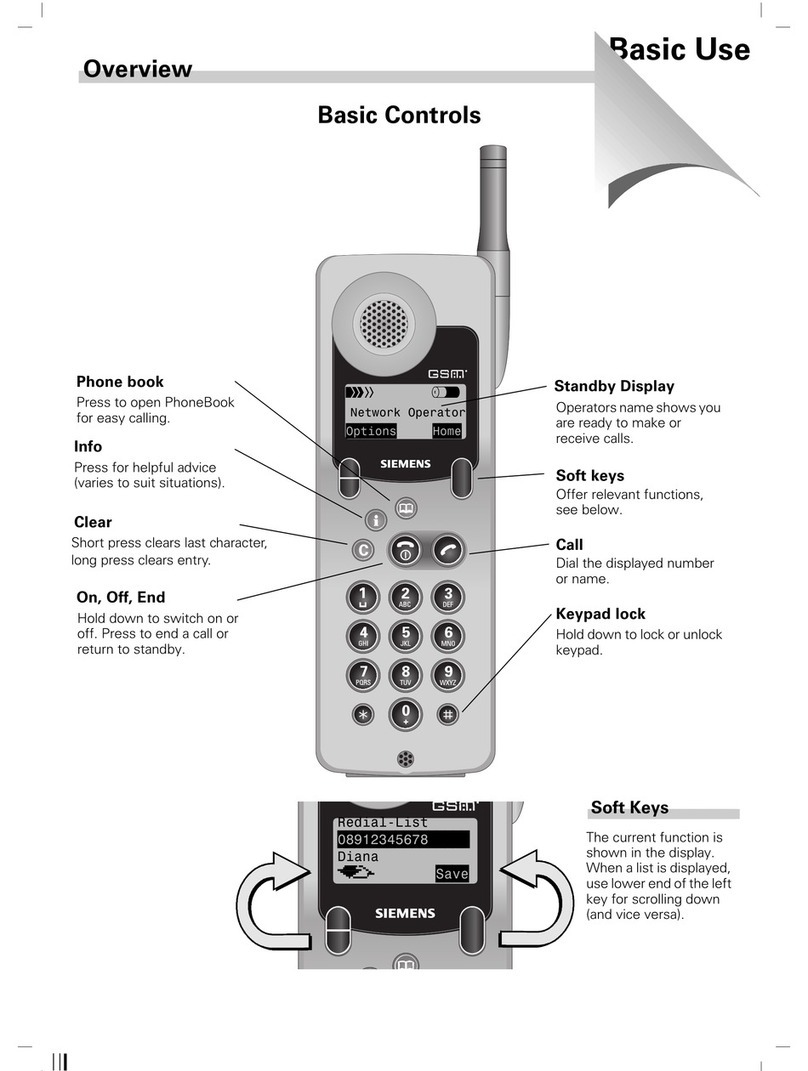
Siemens
Siemens S6 User manual
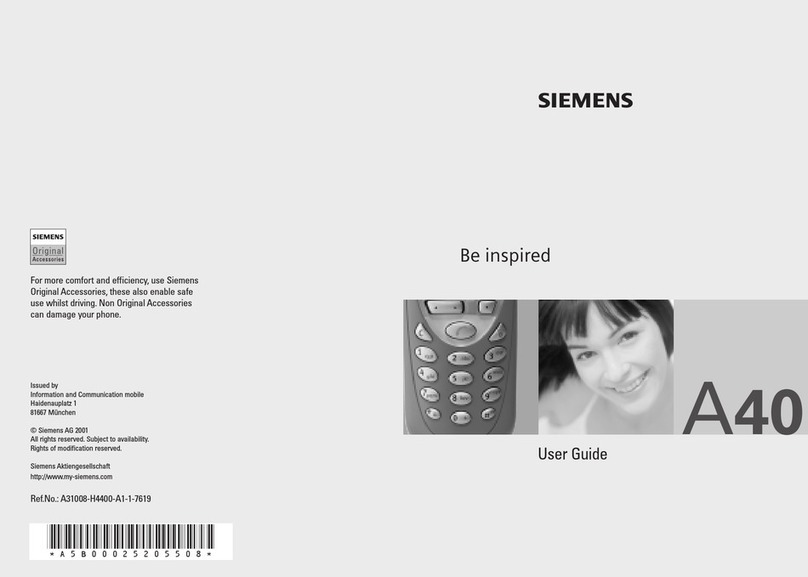
Siemens
Siemens Milltronics A-40 User manual
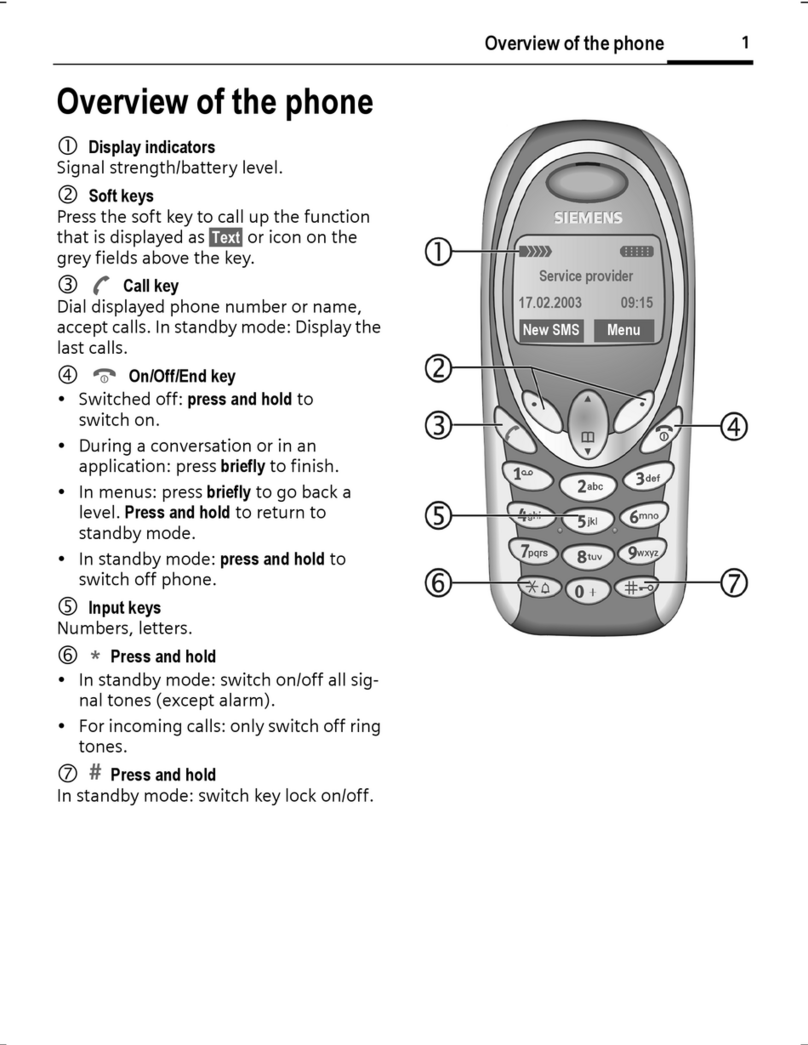
Siemens
Siemens A51 User manual
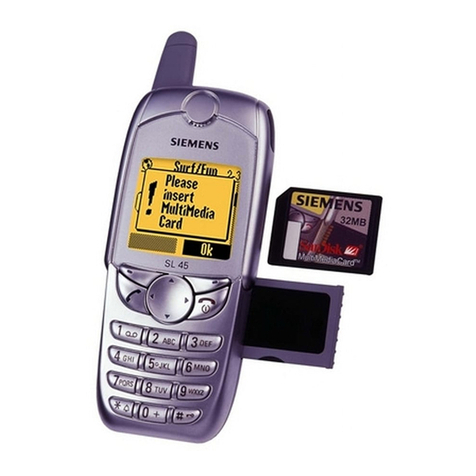
Siemens
Siemens SL45 User manual
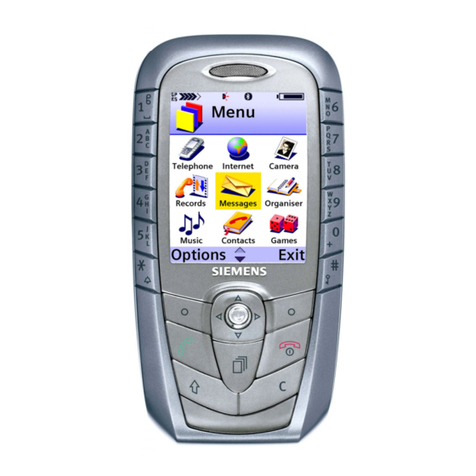
Siemens
Siemens S X 1 User manual
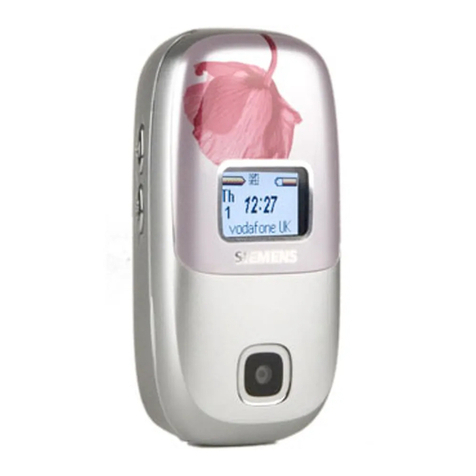
Siemens
Siemens CL75 Setup guide
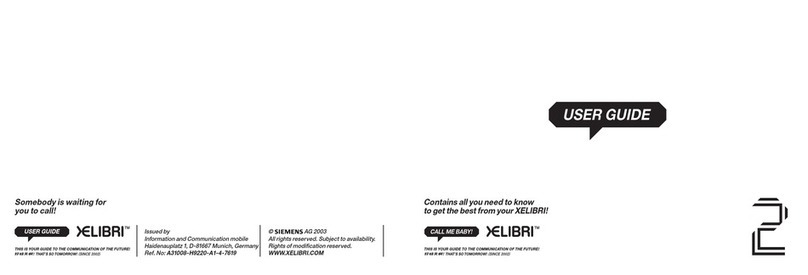
Siemens
Siemens XELIBRI 2 User manual

Siemens
Siemens SL42 User manual
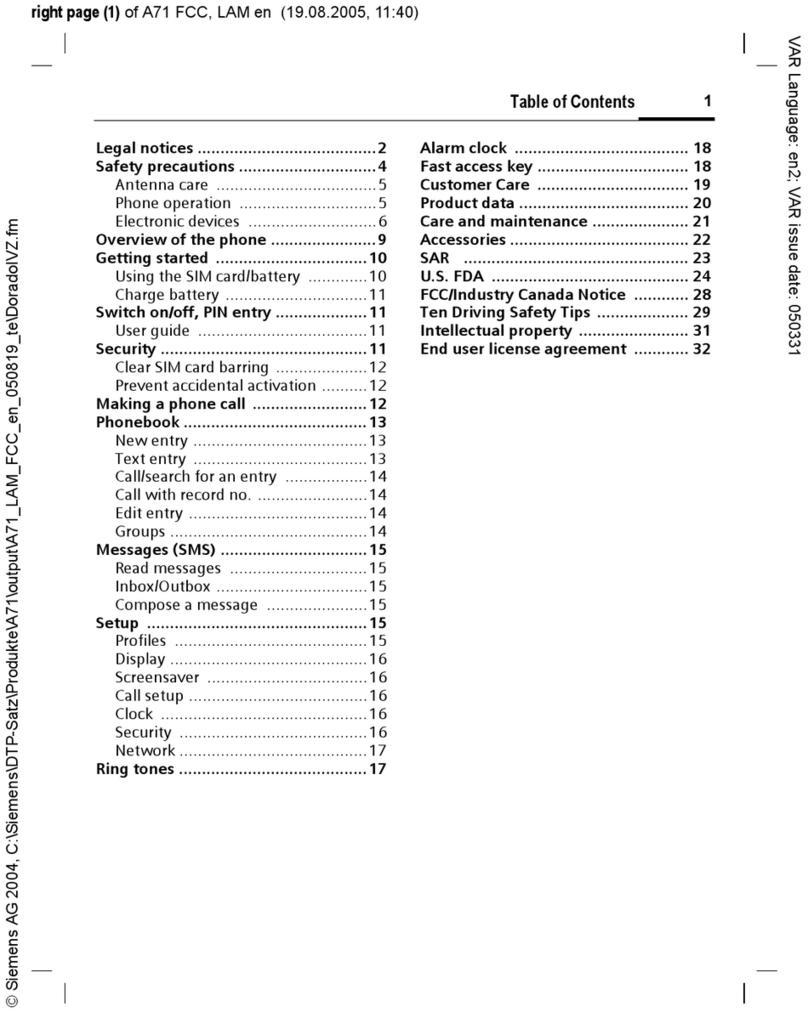
Siemens
Siemens A71 User manual
